Artist-in-Residence Program at a Revived Samurai Residence in Ozu, Ehime

The DANGAMI Residence , a samurai residence located in Ozu City , Ehime Prefecture , is being revived as a new place for cultural exchange where history, culture, and art intersect. We will introduce an artist-in-residence program that aims to become a base for disseminating Japan's disappearing aesthetic sense and culture to the world.
-
Table of Contents
- Ehime Prefecture, Ozu Prefecture: A samurai residence that will become a place for sustainability
- Nature painter Emi's encounter with the DANGAMI Residence
- Staying and working at the DANGAMI Residence
- Exhibition of works depicting the breath of nature: Encounters and reactions in Ozu City
- Artist-in-residence program that conveys and connects local culture
Ehime Prefecture, Ozu Prefecture: A samurai residence that will become a place for sustainability

Ozu City, Ehime Prefecture, is a beautiful castle town located in the southwest of Ehime, Shikoku. Its history and traditions remain strong, and its appeal goes beyond its value as a mere tourist destination. Ozu City takes the sustainability of culture and nature seriously, and is actively working to connect it to the future.
In this article, we will introduce the artist-in-residence program being undertaken at the DANGAMI Residence , a samurai residence in Ozu City, and introduce the example of nature painter Emi .
Nature painter Emi's encounter with the DANGAMI Residence
Born in Ehime Prefecture, Emi graduated from a beauty school and began drawing people, insects, trees, and the creatures that inhabit them while working as a beauty salesperson at a department store.
Emi, who has felt the presence of an invisible world since she was a child, creates art with the desire, "There are things that cannot be seen with the eyes, but there are things that can be depicted in paintings. By depicting things and events that cannot be seen with the eyes, I want to convey the precious things that are inherently there, and our wish for coexistence with nature."
Emi had the chance to create her work in the worship hall of a shrine in Uchiko Town, next to Ozu City, but as the seasons changed and the shrine became cold and it began to get dark during the day, she was looking for a new place to create her work, when she was invited to create at the DANGAMI Residence. The experience of creating in the presence of the gods at the shrine was a valuable one, and with gratitude, Emi would clean up as much as she could before starting each production. In fact, the shrine in Uchiko Town has a deep connection with the Sukunahikona Shrine in Ozu City, so she felt it was a wonderful connection.
Staying and working at the DANGAMI Residence
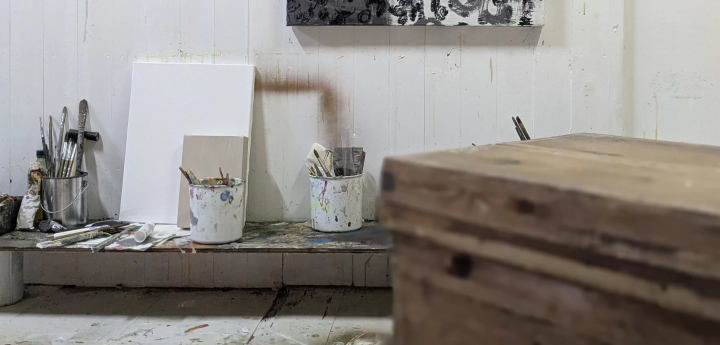
In the winter of 2024, Emi worked on the project at the samurai residence, and although it was bitterly cold, she was able to concentrate on her work while feeling the history with her whole body. She said she liked the changing colors of the sun throughout the day and the light that shone through. She said it felt good to breathe in harmony with the various plants in the garden.
One day while she was working on this piece, Emi heard about an art event being organized by Ozu City called "Ozu Arts and Crafts." As she interacted and talked with people from Ozu City, she learned about the cormorants that live in the Ozu River that runs through the city, the nests that sustain their lives, the history and people, and was inspired to sublimate her ideas for the event at the DANGAMI Residence.
Exhibition of works depicting the breath of nature: Encounters and reactions in Ozu City
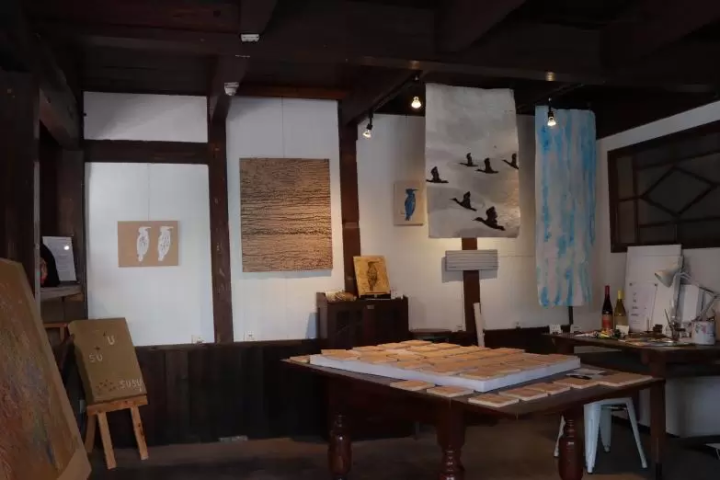
Emi created seven pieces of work for "OZU ARTS and CRAFTS" at the DANGAMI Residence.
・「U」 Cormorant
One piece of wood wax and two pieces of washi paper
・"SU" U-no-su
・"SUSU" - Cormorant nests
・"aoisen" Aoisen, Hijikawa River Flow
This work depicts the cormorants that fish in cormorant fishing , a typical summer feature in Ozu City, and the Hijikawa River, where cormorant fishing takes place.
The exhibition venue was Hatagoya Kirinaka, a 140-year-old traditional Japanese guesthouse located in the castle town area of Ozu City.
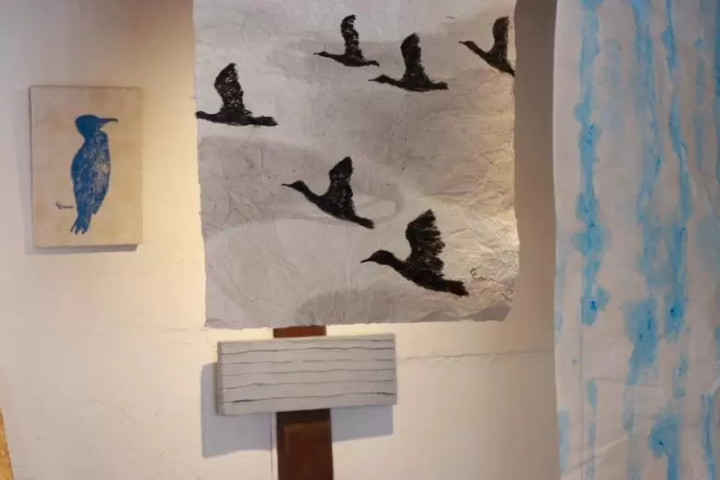
Emi wanted her artworks to be enjoyable, so she displayed the cormorant flock flying from the ceiling so that it faced the direction of the light from the window, and placed the nest artwork at the very back so that it would be protected. Next to it, she displayed Hijikawa's work.
"I hope that through the art and interacting with the many visitors, you were able to see the rich history and symbolic objects of Ozu," Emi's thoughts seemed to reach the visitors.

She was especially pleased that the people who made the wood wax used in the exhibition and the artisans who made the Ozu handmade washi paper also came to the exhibition and were able to view the works together with Emi.
Emi also had the opportunity to experience making washi paper at the Tenjin Paper Factory in Uchiko Town, next to Ozu City.

Artist-in-residence program that conveys and connects local culture
Emi says that by interacting with many people from both inside and outside the city through art, she was able to discover new charms in Ozu and feel the town's growth. She had a valuable experience befitting an artist-in-residence program that strives to ensure that the DANGAMI Residence, a samurai residence, remains a "living cultural asset that still gives birth to new culture."
Below is a comment from Emi.
"You can feel this wonderful history just by walking through the town. It makes you want to know what kind of history you can feel with your body and your heart. The breath of the distant past still remains strong today, and there are people who cherish and connect it to the future. I wanted to be a part of that."
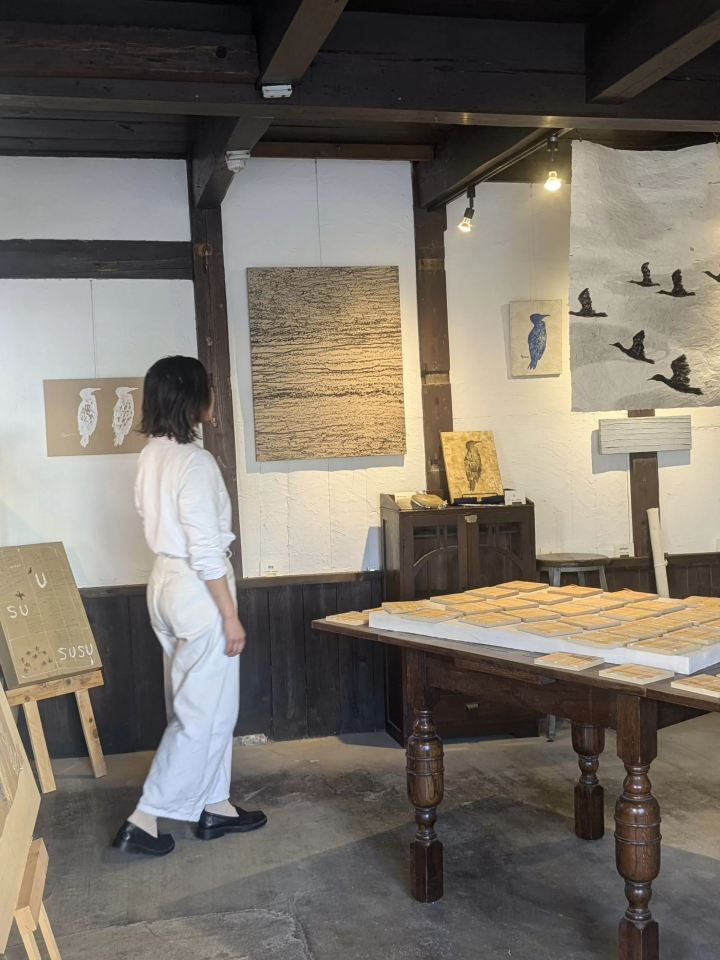
"For those who are considering an artist-in-residence program, I think the DANGAMI Residence is a place where you can create while cherishing the history and the people involved."
DANGAMI Residence is working on the sustainable management of cultural assets across generations by working on an artist-in-residence program in a historic samurai residence. By inviting artists from Japan and abroad and providing a place for cultural exchange and creativity, we aim to become a bridge that spreads the appeal of Japanese culture to the world.
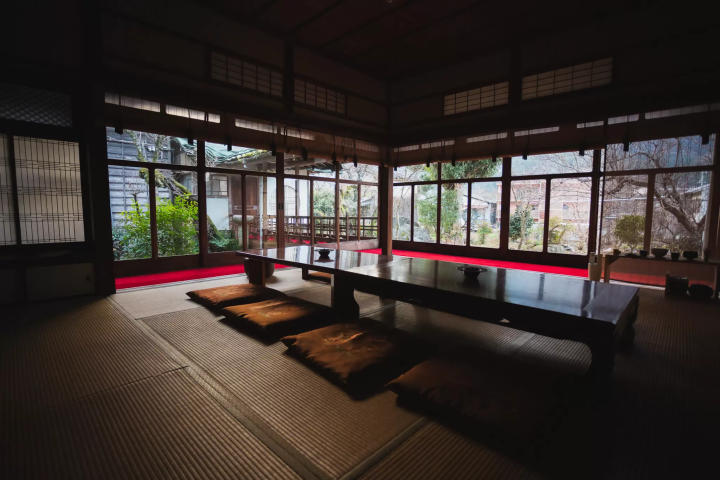
DANGAMI Residence is also conducting a crowdfunding campaign to raise funds for building repairs in order to ensure sustainable operations.
If you are interested in the artist-in-residence program or a tour of the facility, please contact us via the Instagram account below.
The estate was originally built in the late Edo period as a retirement residence for the daimyo of a Shikoku domain(1840). Later, during the Meiji Revolution, it was relocated and preserved on the land of a wealthy merchant after leaving the hands of the daimyo family(1872). It has remained in this location for 150 years.
The contents on this page may partially contain automatic translation.






















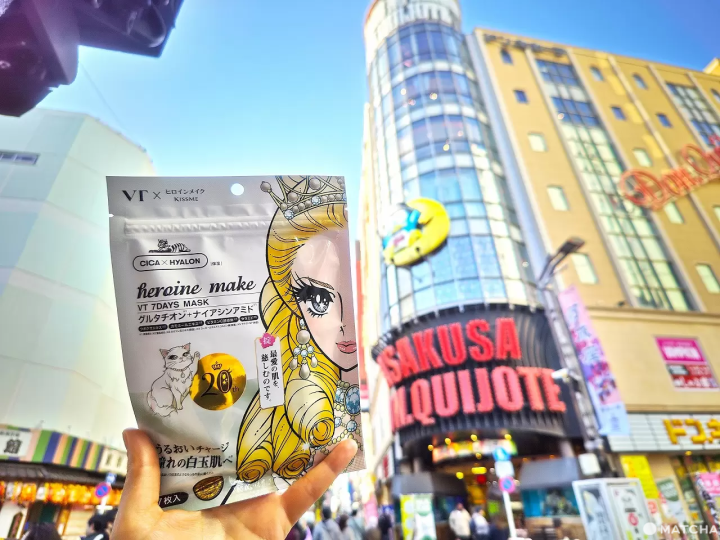
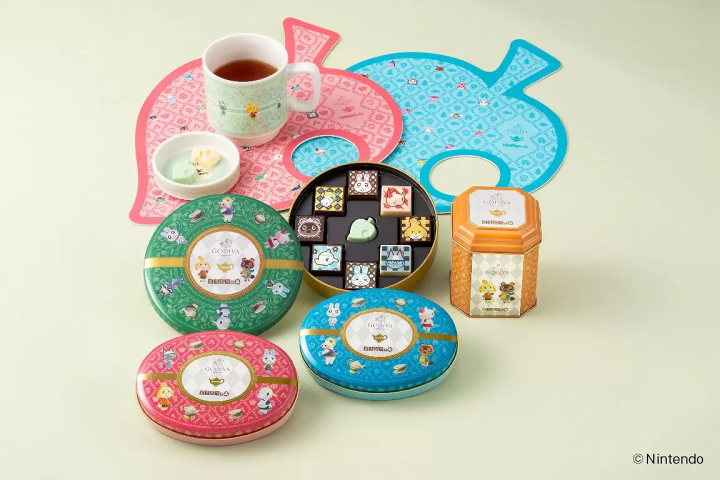
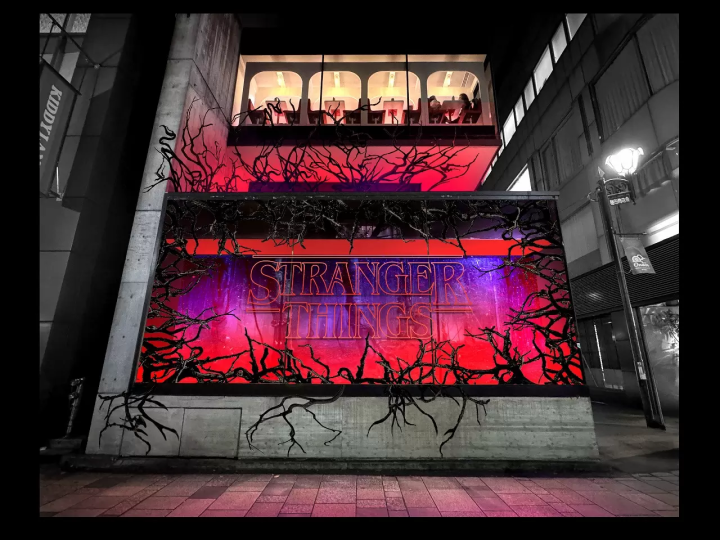
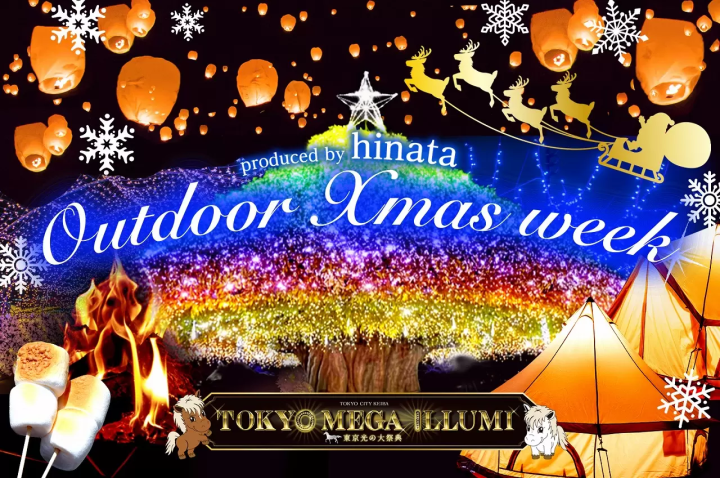
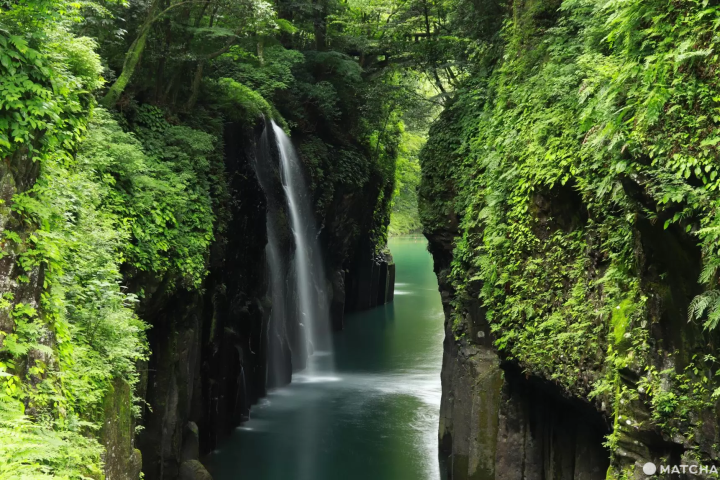






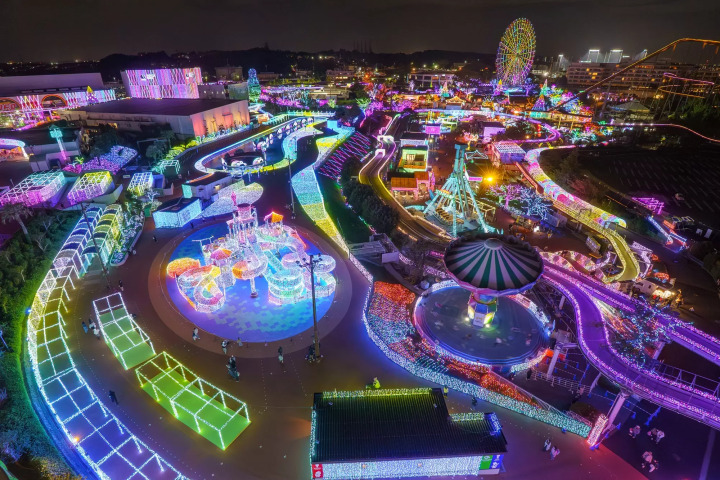
![[Coupon Available] Recommended Fall/Winter Wear from Scandinavian Brand "Helly Hansen"](https://resources.matcha-jp.com/resize/720x2000/2025/12/15-252920.webp)
![Deep dive into Japanese brands! A tour of famous leather shoe stores with GENSEI & Nin [Otsuka Shoes Edition]](https://resources.matcha-jp.com/resize/720x2000/2025/12/15-252972.webp)